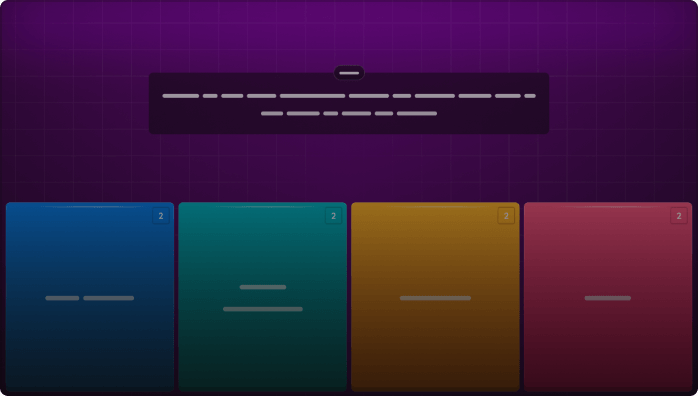
Respiration
Assessment
•
Dean Branstetter
•
Science
•
6th - 8th Grade
•
8K plays
•
Medium
Student preview

21 questions
Show answers
1.
Multiple Choice
what body system exchanges O2 for CO2
respiration
excretion
digestion
nervous
2.
Multiple Choice
warms and filters
nose
stomach
small intestine
trachea
3.
Multiple Choice
warms and filters
bronchioles
esophagus
mouth
spleen
4.
Multiple Choice

upper part of respiration, throat area
larynx
pharynx
trachea
lungs
5.
Multiple Choice

contains the vocal chords/voice
mouth
trachea
bronchioles
larynx
6.
Multiple Choice

main tube in respiration
lungs
trachea
alveoli
bronchial tubes

Explore this activity with a free account
Find a similar activity
Create activity tailored to your needs using
.svg)

Respiration
•

Respiration
•

Respiration
•

Form3: Respiration
•

Cellular Respiration and the Respiratory System
•

RESPIRATION
•

Step up grade 7 Assessment 2/8/24
•

Respiration
•



